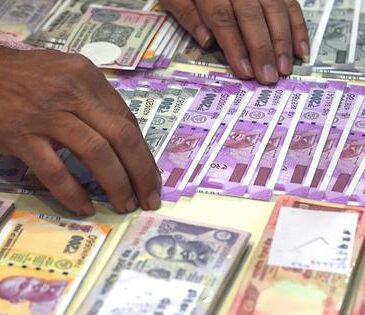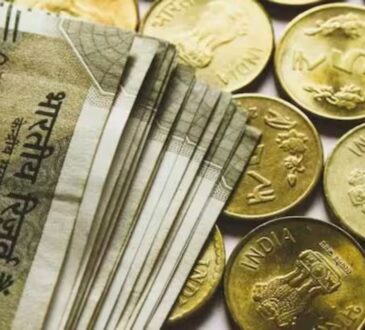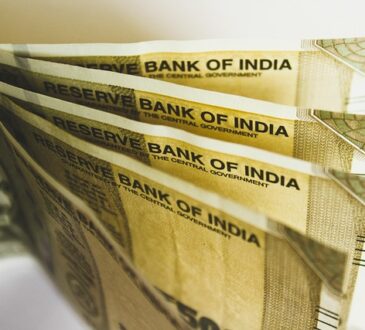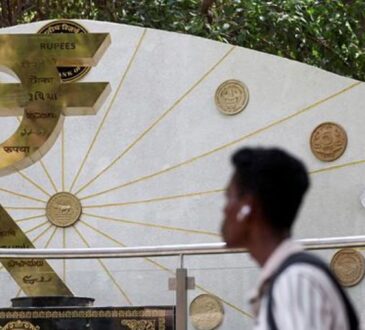SYDNEY – Inflation is easing across Asia as lower food and fuel prices and stronger local currencies against the US dollar push down costs.
That is giving the region’s central bank chiefs scope to support their trade-reliant economies as the risk of US tariffs and related uncertainty weigh on the outlook.
Consumer price indexes have moderated across most of the economies in the region that have already reported data for May.
In April, regional consumer prices on a simple average basis excluding Japan slowed to about 1.5 per cent, the lowest level since the first quarter of 2021, according to economists at Nomura Holdings.
Overnight indexed swaps have priced in more dovish bets for the Reserve Bank of Australia and less hawkish moves from the Bank of Japan over the past month.
Money market pricing also implies more dovish outlooks over the three-month horizon for South Korea, India and Malaysia.
Central banks have already begun taking action.
The Reserve Bank of India last week cut interest rates by a bigger than expected 50 basis points, while Australia’s central bank adopted a surprisingly dovish stance after delivering a quarter percentage point cut.
In both cases, officials pointed to demand concerns and the potential impact of US tariffs.
“Inflation, deflation, stagflation – what happens in each economy will hinge on trade agreements and how central bankers react,” said KB Securities head of global markets Peter Kim.
Figures on June 11 showed US inflation accelerated to 2.4 per cent in May from a year ago, compared with 2.3 per cent in April.
By contrast, Asia’s biggest economy remains mired in deflation. China’s factory deflation persisted into a 32nd month in May, with producer prices falling the most in nearly two years.
In the region’s second-biggest economy, Bank of Japan Governor Kazuo Ueda this week said the central bank is still some distance from its inflation goal in comments that helped accelerate a weakening of the yen.
While Mr Ueda also talked down the possibility of any rate cut, the mention of a possible need to offer support for the economy gave the impression that the bank’s next move to raise rates will be more distant.
Meantime, an unexpected slowdown in South Korea’s inflation strengthened the case for monetary easing.
Bloomberg Economics sees the Bank of Korea cutting rates 25 basis points both in August and November, bringing down the base rate to 2 per cent by year-end.
And it is a similar story across much of South-east Asia.
“Central banks, instead of getting policy back to neutral if they weren’t already there, they’re now going into easing territory,” said Bloomberg Economics’ Asean economist Tamara Henderson. “The question is how fast will they go? These tariffs are going to be around, they’re going to be high, and they’re going to stick in some form.”
Ms Henderson now forecasts a recession in Singapore and Thailand, on the back of higher US levies hitting global goods demand.
Indeed, forecasts for 2025’s economic growth across much of the region have been dialled back since late 2024, Bloomberg surveys of economists show, as crude oil prices fall and tariffs weigh on sentiment.
Broad weakening of the US dollar – if sustained – means central banks will not need to worry as much about their currencies when cutting rates. But that could also come with complications.
“In past cycles, local currency weakness in Asia served as an important shock absorber during periods where exports were weak, but this cushion may not be available this time,” said Nomura chief economist Sonal Varma.
The bank sees further appreciation for the yen, Taiwanese dollar and the Korean won in 2025.
For currencies, the Fed’s policy path will also be key.
Chair Jerome Powell has resisted calls from US President Donald Trump to lower interest rates, preferring a cautious approach to assess the impact of tariffs on prices and jobs.
As for Asia’s economic and policy outlook, much will hinge on what happens with the US tariffs.
Officials from across the region are scrambling to negotiate with the Trump administration to avoid the steep “reciprocal” tariffs announced on April 2 before being paused to allow time for deal making.
“Unlike Covid-19, tariffs are not a shock that’ll push up inflation around the world,” said Brookings Institution senior fellow Robin Brooks.
He pointed out that replacing US demand will not be easy, which means there will be downward price pressures in net exporter countries.
“The global inflation picture is about to diverge.” BLOOMBERG
Join ST’s Telegram channel and get the latest breaking news delivered to you.




